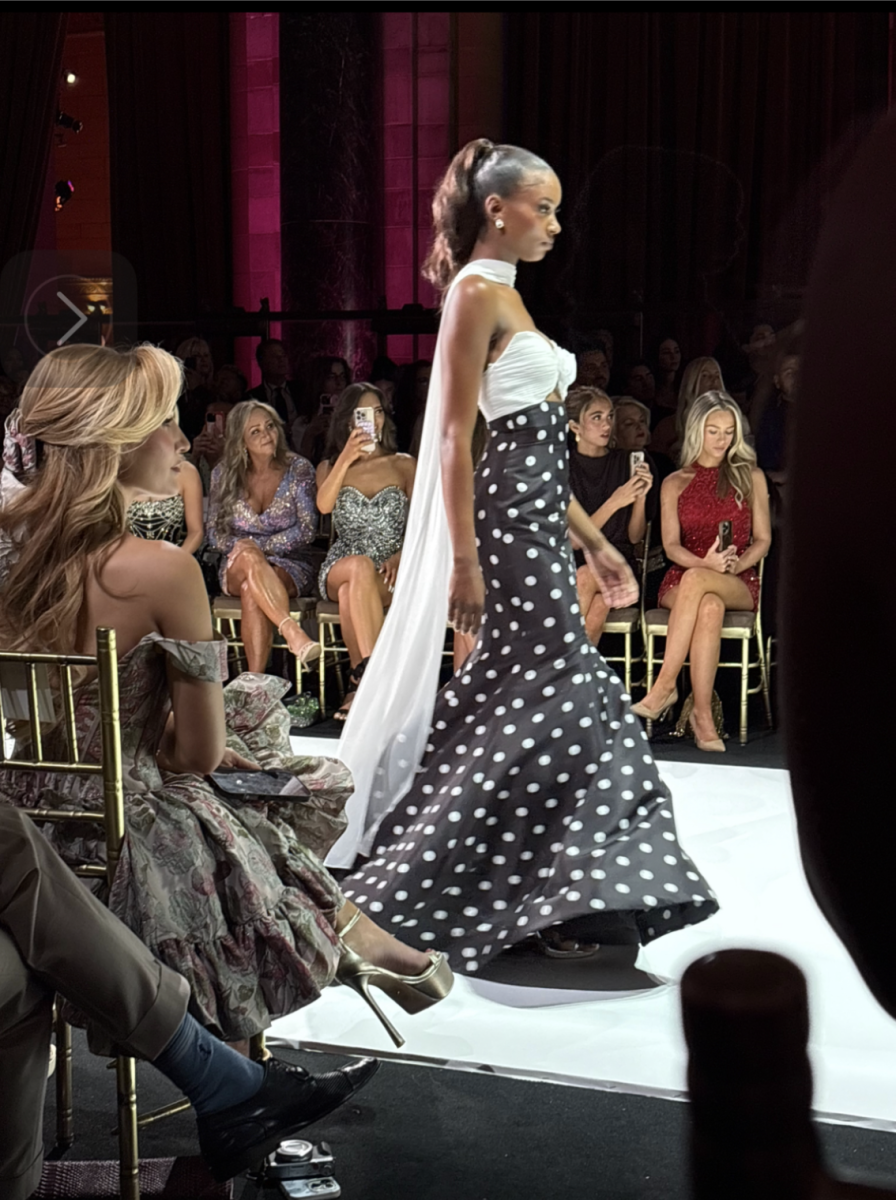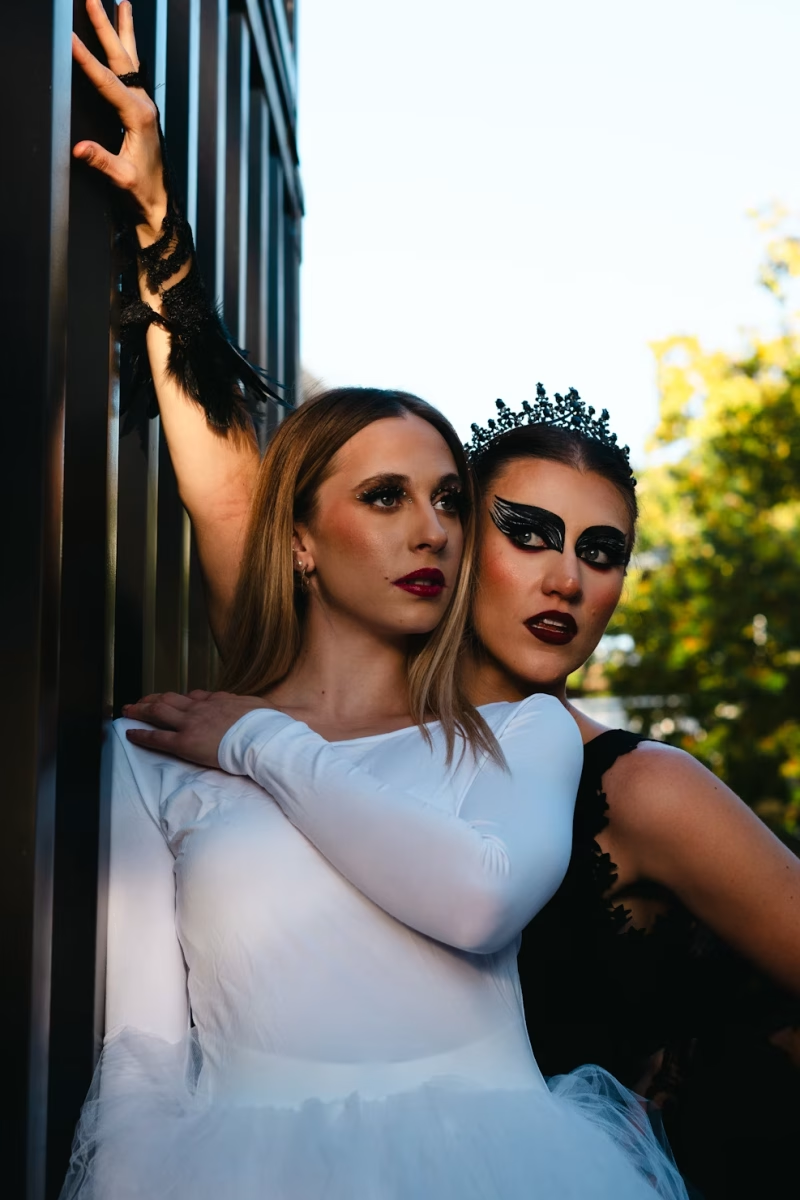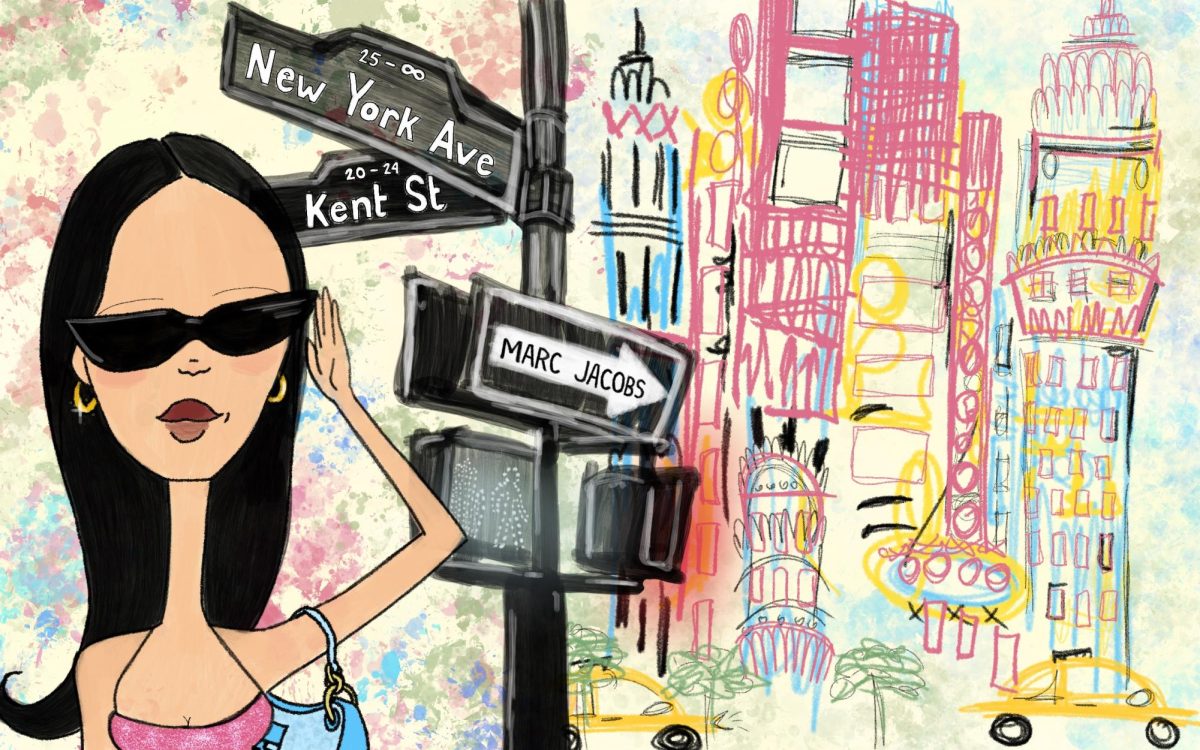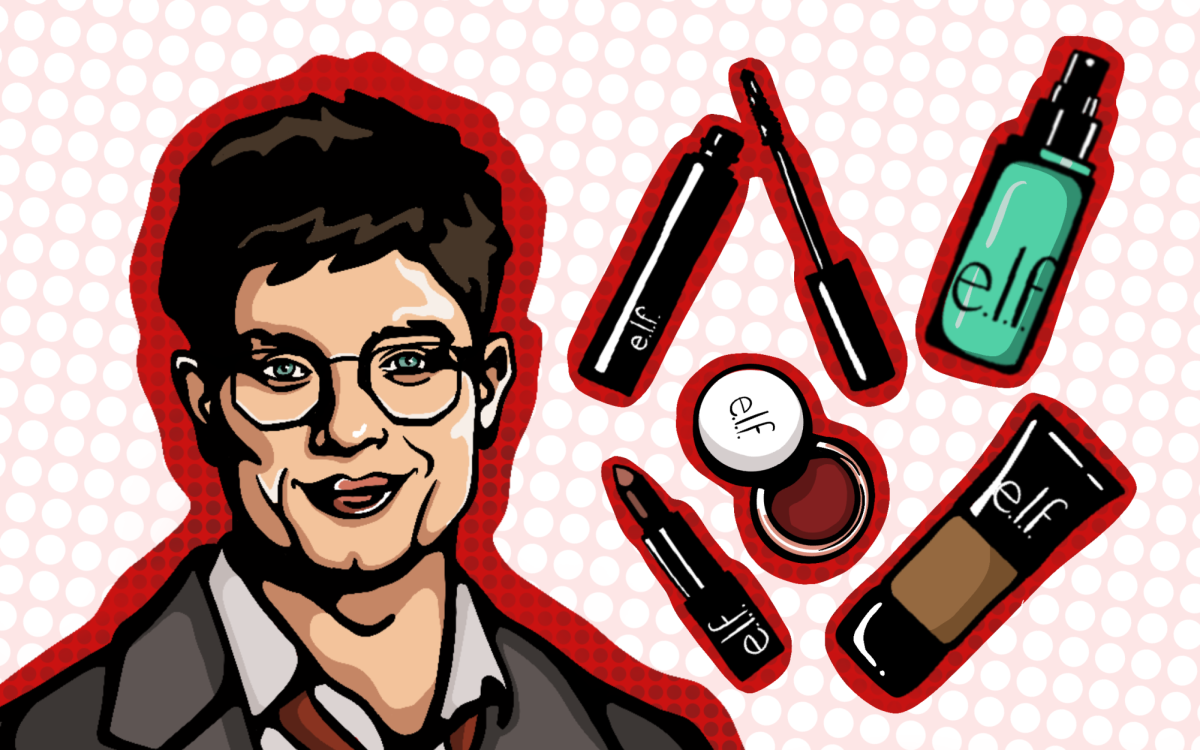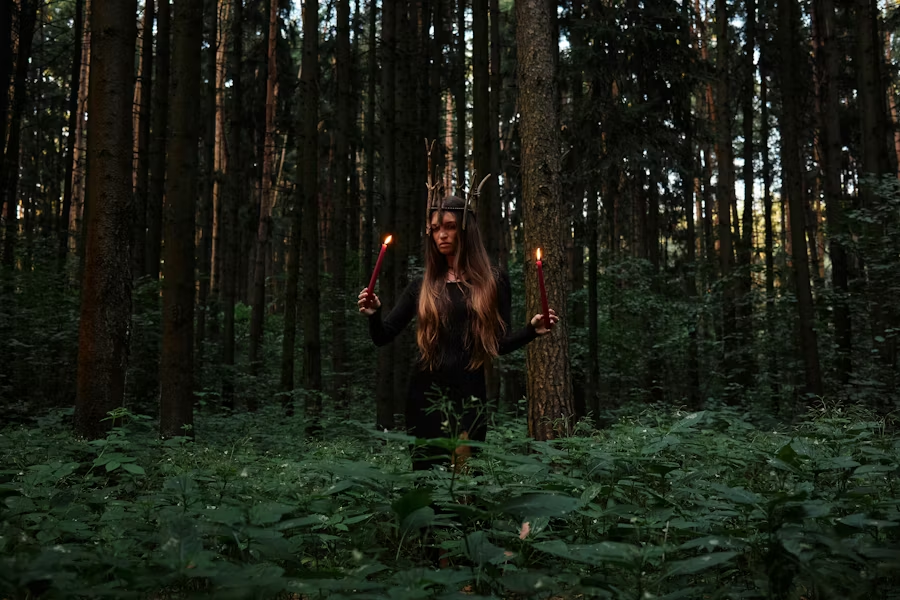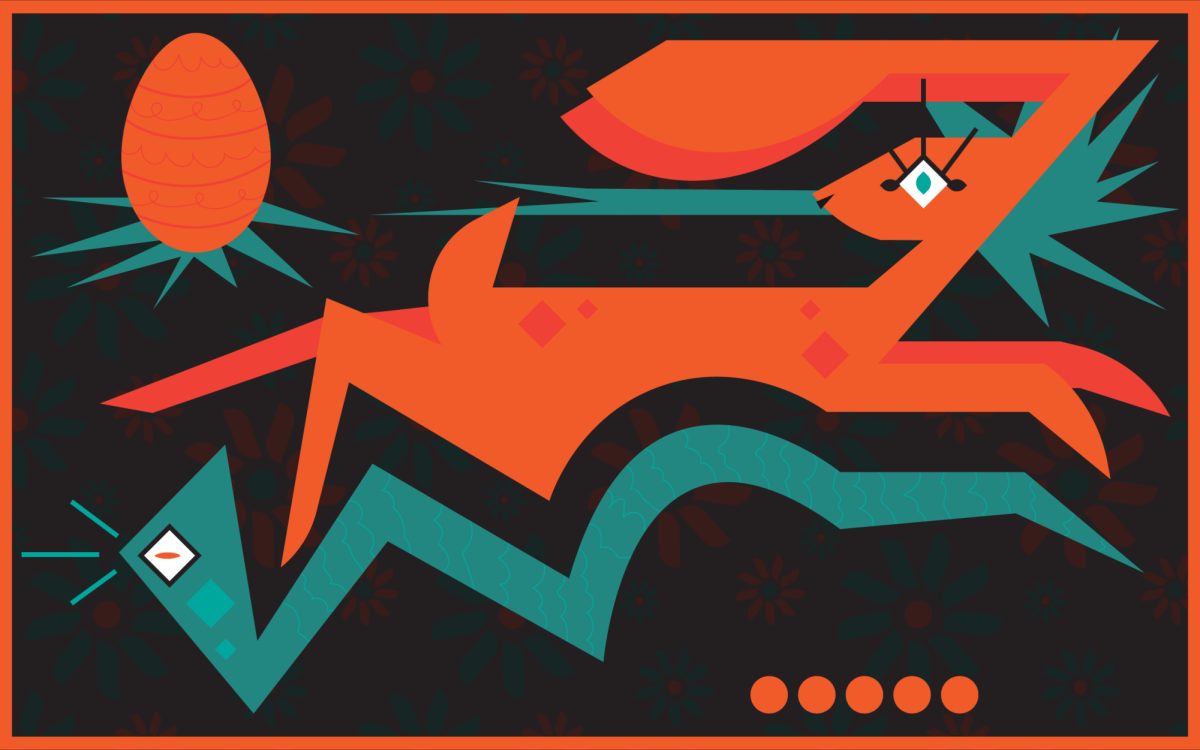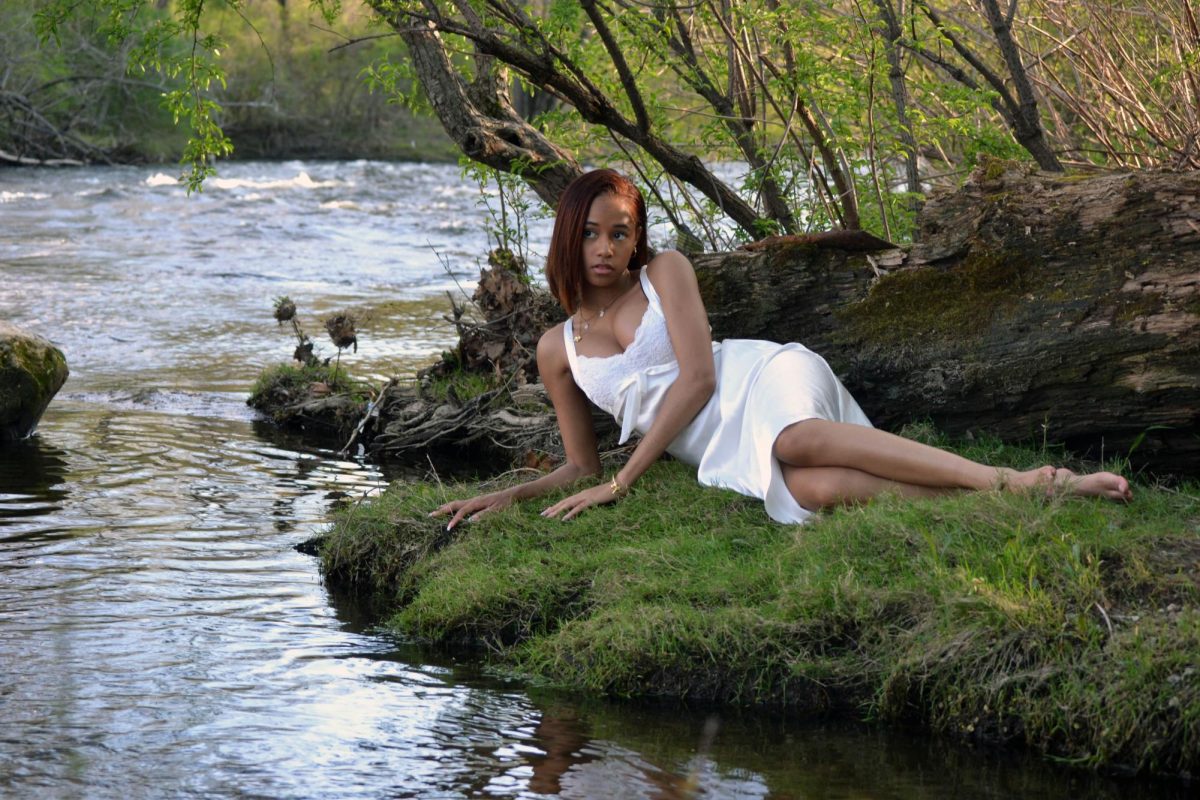With the change of seasons come a change in our wardrobes; however, some trends simply evolve into a reinvented version of its past life. Plaid is a trend that will always be in the mix, whether used for a comfortable flannel shirt or a classic school-girl skirt.
This may surprise you, but plaid wasn’t always apart of American fashion. Throughout the years, plaid has come and gone through different styles. Plaid found it’s place in a grunge style in the ‘90s and has always had an attachment to a so-called lumberjack look.
The versatile fabric comes back season after season, which is why it is still alive and thriving for years — and trends — to come.

According to Smithsonian Magazine, plaid is not the pattern’s proper name. Tartan is the more accurate term used to describe the popular pattern, which originated in Scotland. The term “tartan” was used as way to distinguish Scottish clans. The word plaid came into play when the British and the Americans would “recreate fabrics that looked like tartans.”
Men’s use of the pattern revolutionized the plaid flannels we wear today. They were distinctly called lumberjack flannels around this time thanks to the folklore character Paul Bunyan.
Over the decades, plaid has evolved as a trend. In the 1940s, plaid became the start of what Glamour Magazine describes as “borrowing from the boys.” It was at this time women started wearing flannels. In the 1960s, we see how pop culture truly influences trends with the reemergence of the Pendleton plaid shirt, after The Beach Boys were seen wearing it on the cover of their album, “Surfer Girl”.

In America, plaid patterns were being used for clothing, textiles and interior design. In the 1970s, England took the trend to a whole other level. Plaid greatly influenced the punk scene in London, becoming a symbol of rebellion. Bustle credits Vivienne Westwood, the queen of modern punk fashion, of helping to “popularize” the punk fashion scene in London.

Just like ‘hippie’ fashion did not completely define the 1970s, the ‘80s was not just about big hair; this decade showed how movies had a lasting effect on the fashion industry. Movies like the “Heathers” and “St. Elmo’s Fire” revolutionized the iconic, preppy plaid outfits. This hot hollywood trend was also seen on England’s famous royal, Princess Diana, who “exhibited the fabrics more pristine potential,” according to Bustle.
Fast forward a decade later and the plaid flannel shirt becomes the ringleader of grunge in the ‘90s. Kurt Cobain, the lead singer of Nirvana, was one of the style icons in the grunge scene, as he was seen sporting plaid around the time “Smells Like Teen Spirit” came on the radio. According to Glamour, plaid reigns again in the ‘90s with the popular show “My So Called Life” starring Claire Danes, who “immortalized the look on TV.”
Back to the present, take a look at what is considered to be everyone’s must-haves and you will see plaid has become a wardrobe staple for everyone. Whether it is donned as a flannel, skirt or blazer, plaid fits a broad variety of tastes.
Plaid has grown vastly over the years to what it is today, and it likely will never conform to one style. We see designers with different aesthetics merging plaid into their collections, from Raf Simons’ plastic plaid coat to Tory Burch’s plaid woven handbag and even Michael Kors’ structured plaid ensemble. Plaid has become more than a trend; it has become a unique staple of fashion that’s always evolving and free of labels.



